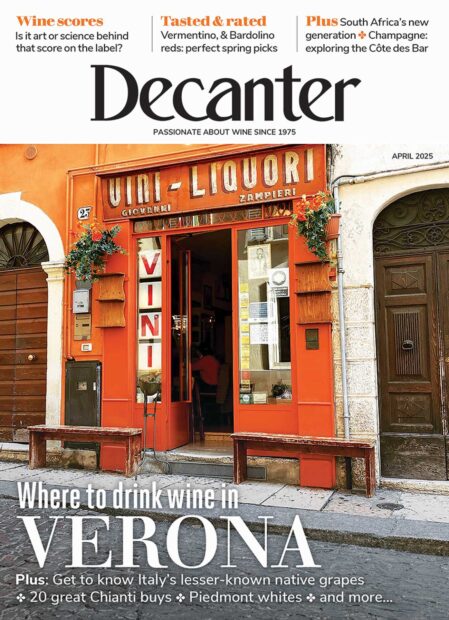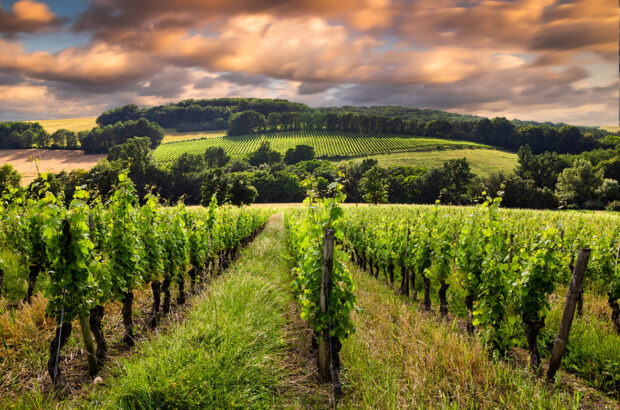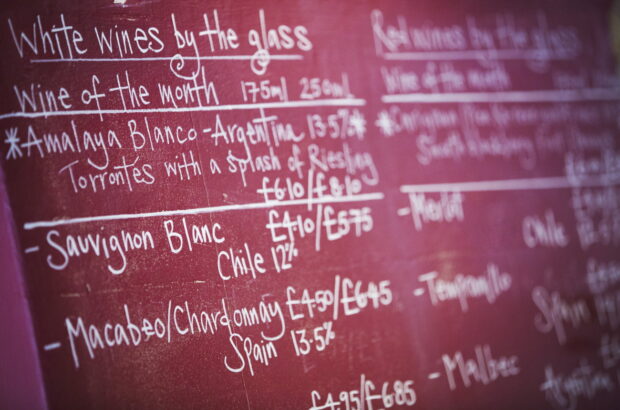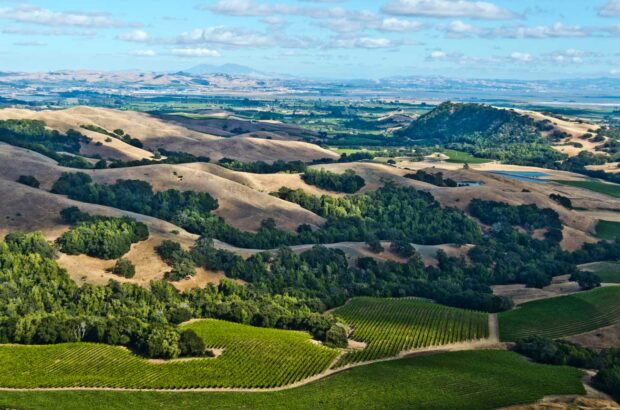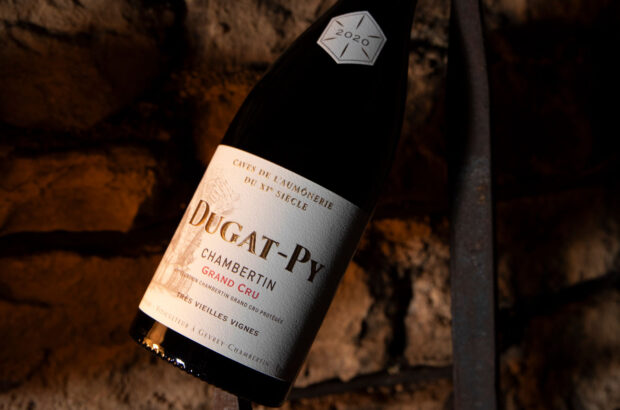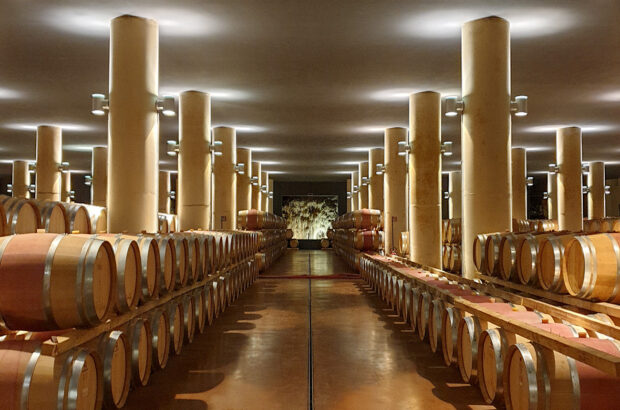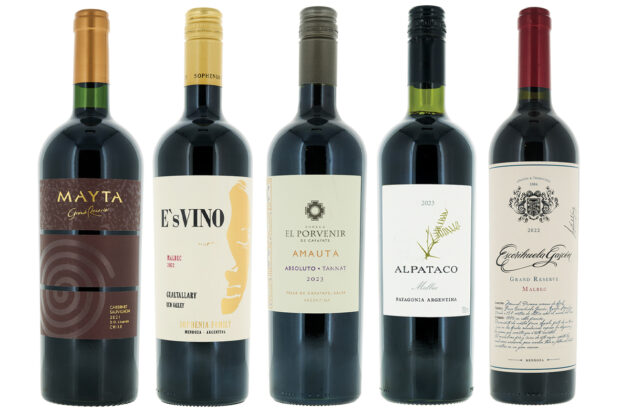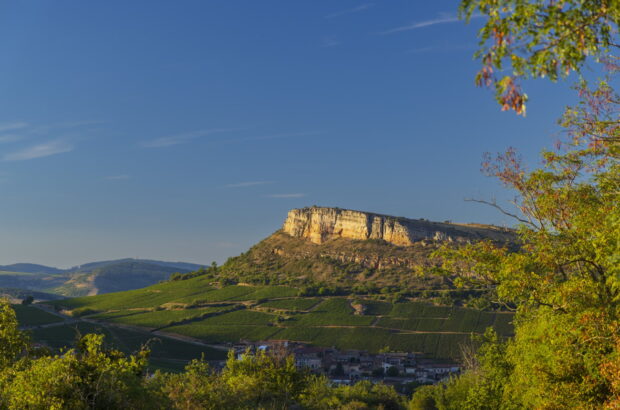The recent Azerbaijan Grand Prix was one of 23 events in this year’s Formula One calendar, a timely reminder of the self-confidence emanating from a county that can no longer be perceived as the Baku of beyond.
Indeed, as part of the bulwark hinging the landmasses of Greater Europe (and Russia beyond) and Asia Minor, its strategic position has long been appreciated.
Scroll down to see Simon Field MW’s tasting notes and scores for 11 wines from Azerbaijan
Roads rather dustier than those used for the Grand Prix lead the Silk Route through Azerbaijan, and, in vinous terms, the region, including neighbours Georgia and Armenia, is known as the ‘cradle’ of the civilization of wine. This is where it all began.
Background
Azerbaijan is also known as the ‘land of fire’, the metaphor fueled by natural underground gas reserves and illustrated by such tourist destinations as the eternal underground flame of Yanar Dag.
An unusual terroir is thereby engendered, its other key features being the Caucasus mountains to the north and the Caspian Sea to the east. The capital, Baku, is eye-catching, strong Islamic influences everywhere (the country is 95% Muslim), its heritage now peppered with decidedly modern gems, courtesy of architects such as Zaha Hadid.
Many buildings have flame-like shapes, dazzling towers of glass and steel; the Caucasus, after all, are where Prometheus was chained to a rock by Zeus as a punishment for stealing the fire of the gods.
Modern Azerbaijan describes itself as a semi-Presidential Republic, independence from the Soviet yoke having finally been secured in 1991, the ensuing loss of the key export markets promoting ongoing forays into the west.
Maybe as a result there is a distinctly Western feel to parts (and only parts) of the country, and it was not only the Grand Prix which was welcomed there recently, several of the Group A Games in the recent European Championships were also hosted in Baku.
Sporting endeavours aside, what about the wines?
Well, here everything is set fair, with climate, terroir, savoir-faire and the investment potential to develop an already-present infrastructure all fired up.
Azerbaijan wine regions
The country can be split into three main winemaking zones; Ganja and the Lesser Caucasus, Shirvan Valley and the Greater Caucasus and Caspian Shoreline.
Within these, there are eight autonomous sub-regions which may or may not form the part of a formalised legislation at some point.
The most significant is called Shirvan and is home to many of the most dynamic wineries. This photogenic region benefits from relative proximity to both the Caspian Sea and the Caucasus Mountains.
Some of the best vineyards are located in the province of Ismayilli, which has been compared to the famous enclave of Kaketi in Georgia. The soil, gaseous influence aside, is dominated by volcanic elements, by calcium and by limestone. Interesting.
Azerbaijan grape varieties
In terms of grape varieties, 54 ‘active’ indigenous varietals have been identified and the debate today centres on the extent to which they should be nurtured, or whether it may be safer to continue to develop the international varietals. Or maybe the better-known Caucasus grapes (for want of a better term), chief amongst them Rkatsiteli and Saperavi. Many progressive wineries hedge their bets, which seems sensible.
Of the indigenous varietals, the two which seem the most promising to me are the white Bayan Shira, which reminds me a little of Garganega, and the red Madrasa, which has something of the Grenache (or Cannonau) about it.
The charismatic Andrea Uliva, the ex-pat Italian winemaker at Chabiant, makes lovely examples of both. ‘I do not wish to replicate Italian styles here’ he says, somewhat disingenuously maybe, but there is something distinctly appealing in both wines. It must be those unusual soils.
Production
Azerbaijan makes about ten times more wine than the UK (in a warm year) and about ten times less than Georgia. It ranks in the low 50s in terms of global production. In terms of aspiration, however, it aims a lot higher.
It seems that there is only modest enthusiasm to try and emulate Georgia and the traditional Qvevri model, with more stress perhaps on demonstrating the historical backdrop through the development of traditional varietals.
Getting closer to the soil is important to many; Nizami Aliyev at Meysari is proud that his winery was the first to be certified as organic in Azerbaijan. Over at the larger scale Azgranata, on the other hand, Yusif Lezgiyev tells me that the altitude of his vines is fundamental to the personality of his wines. Many vineyards are located in sites at well over 650 metres. Here they make excellent whites from Rkatsiteli and superb reds from Saperavi, amongst many others. Indeed one common feature, as with the modern Savalan winery, is the sheer number of different wines are made and sold.
Maybe they should, for the export markets at least, narrow the range and thereby forge an identity, or at least put down a ‘calling card’, based on the very best of the rich tapestry of local varietals. It’s relatively early days for sure, but time marches on.
Before Gorbachev’s crackdown on alcohol in the early 1990s there was no need to seek new markets. Now the need is pressing, all the more so as Turkey, Azerbaijan’s closest ally, the country will not be in a position to pick up the slack.
There is a lot going on in the world of wine, with new markets opening up and an insatiable thirst for diversity from an increasingly mature, experienced and inquisitive demographic of wine lovers.
It seems most appropriate, essential even, that a part of this renaissance should take us all back to where it all started.



